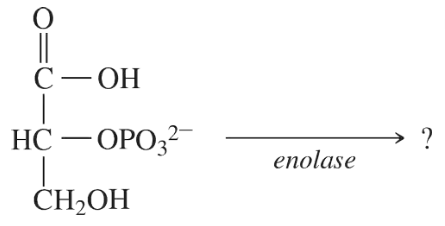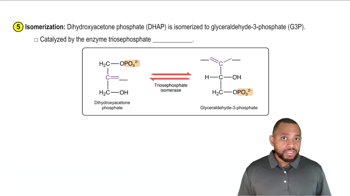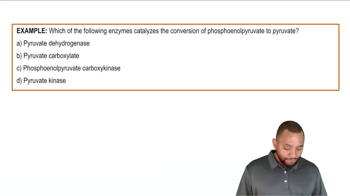Draw the condensed structural or line-angle formula for the alkene, aldehyde, or ketone product of each of the following reactions:
a.

 Verified step by step guidance
Verified step by step guidance Verified video answer for a similar problem:
Verified video answer for a similar problem:



 1:3m
1:3mMaster Alcohol Reactions: Dehydration Reactions Concept 1 with a bite sized video explanation from Jules
Start learning